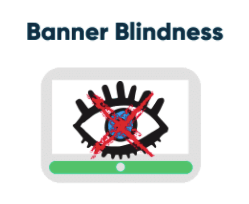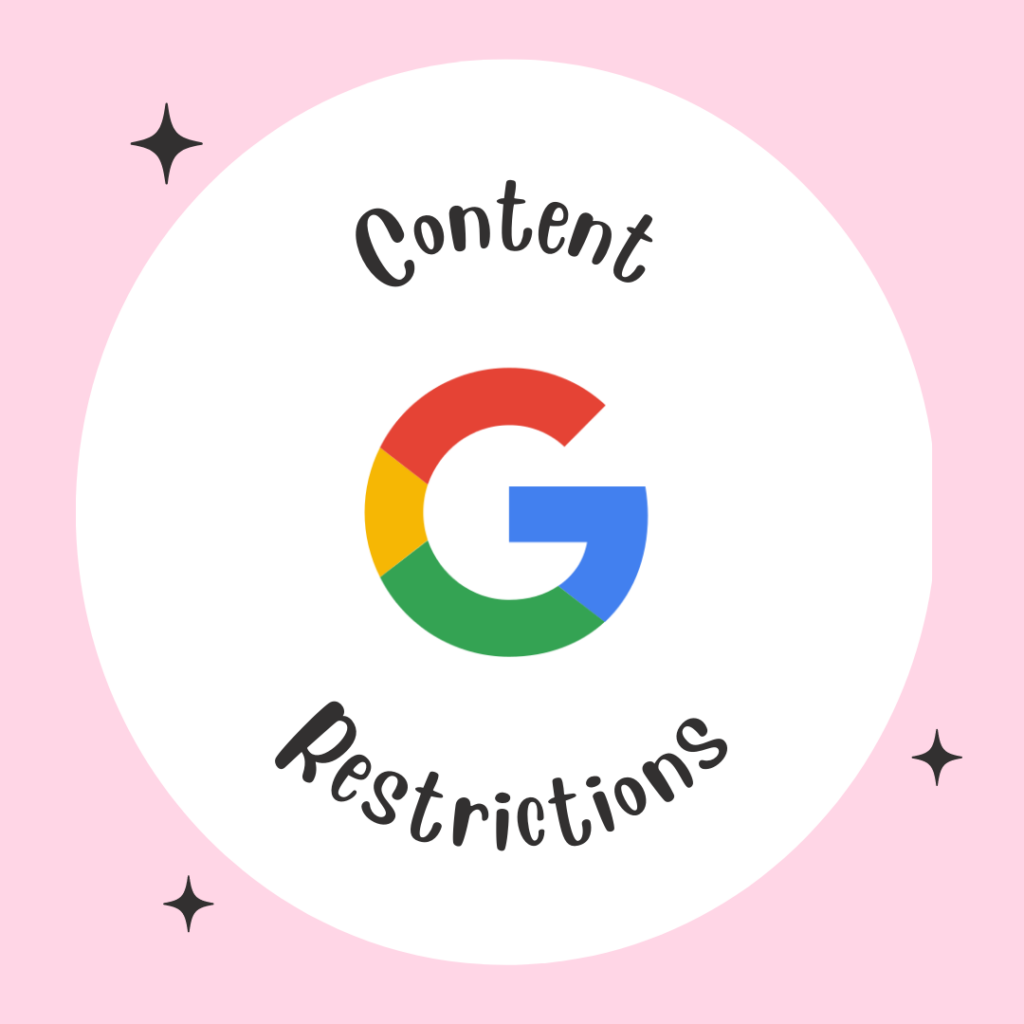When it comes to advertising, fallacies are used on a regular basis to persuade and influence consumers. While some of these are subtle, others are more obvious and can be easily identified. In this article, we will explore some of the most common examples of fallacies in advertising and the impact they can have on consumers and publishers alike.
What Are Advertising Fallacies?
Put simply, Ads with fallacies are misleading or deceptive statements that are presented as facts, with the aim of influencing consumers to buy a product or service. Advertisers often use this tactic because they know that consumers are more likely to make a purchase if they believe they are getting something that is valuable or worthwhile.
However, it is important to note that not all advertising is bad. In fact, advertising can be a powerful tool for informing consumers about new products and services that may be of interest to them. The key is to be aware of the different types of fallacies that advertisers may use so that you can make informed decisions when making purchases.
Understanding how advertising fallacies work also means understanding how audiences respond to certain techniques

One common type of fallacy is the appeal to emotions. Advertisers may use fear, guilt, or pleasure to try to persuade you to buy their product. For example, an advertisement for a home security system may use fear to convince you that your home is not safe without their product. Or, an advertisement for a luxury car may use pleasure to make you feel like you deserve the best.
Another common fallacy is the use of testimonials. Advertisers may use quotes or stories from satisfied customers to try to convince you that their product is worth buying. However, it is important to remember that these testimonials may not be representative of the product’s overall performance and that they may have been paid for or incentivized in some way.
A financial advisor might use a fear-mongering fallacy to convince a client to invest in a certain stock. By playing on the client’s fears, the advisor may be able to convince them to make a risky investment that is not actually in their best interest. By understanding this fallacy, publishers can create content that presents financial advice in a more objective and informative way.
Exaggeration of claims is also a common fallacy in advertising. Advertisers may make bold statements about the benefits of their product without providing any evidence to back them up. For example, an advertisement for a weight loss supplement may claim that you can lose 10 pounds in a week without any diet or exercise. However, these claims are often too good to be true and may be impossible to achieve.
Misleading comparisons are another type of fallacy. Advertisers may compare their product to a competitor’s product in a way that is unfair or misleading. For example, an advertisement for a laundry detergent may claim that their product is “10 times more effective than the leading brand.” However, this claim may be based on small sample size or a biased study.
Advertising fallacies can be tricky to spot, but it is important to be aware of them so that you can make informed decisions when making purchases. Remember to look for evidence to support any claims made by advertisers and to be skeptical of any emotional appeals or testimonials. By doing so, you can protect yourself from being misled by advertising fallacies.
By understanding how ads with fallacies work, publications can create content that resonates with their audience while avoiding misleading or deceptive practices.
Why Do Advertisers Use Fallacies, and what can publishers do about it?
Advertising is a crucial component of any business. It is the means by which companies promote their products or services to potential customers. However, advertisers often use fallacies to persuade viewers to believe their claims. Fallacies are errors in reasoning that can make an argument seem more convincing than it actually is. Advertisers use fallacies because they know that emotions play a significant role in decision-making. By appealing to emotions, advertisers can create a sense of urgency or desire in the viewer, which can lead to increased sales.
One of the most common fallacies used in advertising is the appeal to authority. This fallacy involves using the endorsement of an expert or celebrity to lend credibility to a product or service. Advertisers know that people are more likely to believe something if it is endorsed by someone they respect or admire.
Another common fallacy used in advertising is the appeal to fear. This fallacy involves creating a sense of fear or anxiety in the viewer to persuade them to take action. Advertisers may use this tactic to convince people to buy a product or service that promises to protect them from a perceived threat.
To counter these fallacies, publishers need to take a critical approach to the advertisements they display on their websites. Publishers should verify the validity of any claims made in the ads and remove any content that is not genuine or violates Google AdSense guidelines. Publishers should also be aware of the different types of fallacies used in advertising and educate themselves on how to recognize them.

In addition to removing false or misleading content, publishers can also take steps to promote transparency and honesty in advertising. By working with advertisers who prioritize transparency and honesty, publishers can help to create a more trustworthy and ethical advertising industry. Publishers can also provide their readers with information on how to recognize fallacies in advertising and encourage them to be critical consumers.
Publishers can counter these fallacies by verifying the validity of claims made in ads, removing false or misleading content, and promoting transparency and honesty in advertising. By taking these steps, publishers can help to create a more trustworthy and ethical advertising industry.
Most obvious examples of Ads with Fallacies
Here are 10 examples of fallacies in advertising to watch out for:
- Appeal to Fear: Using scare tactics to manipulate the audience into taking a certain action.
- False Cause: Assuming that because two events occur simultaneously, one caused the other.
- Ad Hominem: Attacking the character of a person or group rather than addressing the issue at hand.
- Bandwagon: Suggesting that everyone is doing something and, therefore, you should too.
- False Authority: Using an unqualified or irrelevant source to back up a claim.
- Red Herring: Introducing a topic that is irrelevant to the argument at hand in order to distract from the issue.
- Loaded Language: Using emotionally charged language to sway the audience’s opinion.
- False Dichotomy: Presenting only two extreme options as the only choices available.
- Hasty Generalization: Drawing a broad conclusion based on limited evidence or small sample size.
- Slippery Slope: Suggesting that one small action will inevitably lead to a much larger, negative consequence.
One of the most obvious examples of an ad with a fallacy is a weight loss product that claims to help consumers lose weight without any effort. Such claims are often exaggerated and unrealistic and can be especially misleading for vulnerable consumers who are desperate to find a quick fix to their weight issues.
It is important to note that there is no magic pill or quick fix when it comes to weight loss. Achieving a healthy weight requires a combination of a balanced diet, regular exercise, and a healthy lifestyle. While weight loss products may provide some benefits, it is important to be wary of claims that seem too good to be true.
Another example is an advertisement that uses celebrity endorsement to promote a product or service. While celebrities can be influential and persuasive, they may not necessarily be experts in a particular field and may endorse products that are not beneficial to consumers.
It is important to do your own research and not solely rely on celebrity endorsements when making purchasing decisions. Take the time to read reviews and do your own research to ensure that the product or service is right for you.
Another common fallacy in advertising is the appeal to emotion. Advertisers often use emotional appeals to persuade consumers to buy their products or services. While emotions can be a powerful motivator, it is important to make sure that the product or service being advertised is actually useful and necessary.
For example, an advertisement for a luxury car may use images of a happy family on a scenic drive to appeal to the emotions of consumers. While the ad may be effective in eliciting an emotional response, it is important to consider whether the luxury car is a necessary purchase or simply a want.
Finally, some ads may use fear tactics to persuade consumers to buy their products or services. For example, an ad for home security systems may use images of burglars breaking into homes to scare consumers into purchasing their product.
While it is important to take steps to protect your home and family, it is also important to be wary of the fear tactics used in advertising. Make sure to do your own research and consider all options before making a decision.
It is important for publishers to understand that while ads with fallacies may provide a quick boost in revenue, they can ultimately harm their website and their relationship with their audience.
Fallacious ads can be misleading and may cause consumers to lose trust in the publisher’s content. This can lead to a decrease in website traffic and, ultimately, a decrease in revenue. One common type of fallacious ad is the “appeal to emotion” ad. These ads use emotional language and imagery to manipulate consumers into making a purchase or taking a specific action.
While these ads may be effective in the short term, they can be harmful in the long term if consumers feel like they have been tricked into making a purchase. Another type of fallacious ad is the “false dilemma” ad. These ads present consumers with limited choices, often making it seem like there are only two options when in reality, there may be many more. This type of ad can be harmful because it can limit consumers’ ability to make informed decisions.
In addition to the potential harm to the publisher’s reputation and relationship with their audience, fallacious ads can also result in penalties from Google AdSense. AdSense has strict guidelines that publishers must follow, and violating these guidelines can result in a ban from the network. This can have a significant impact on a publisher’s ability to generate income from their website. Overall, while ads with fallacies may provide a short-term boost in revenue, they can ultimately harm a publisher’s website and reputation. It is important for publishers to prioritize their relationship with their audience and to follow advertising guidelines to avoid penalties and maintain their ability to generate income from their website.
Conclusion
Understanding advertising fallacies is essential for creating content that is both effective and ethical. By being aware of these techniques and taking steps to avoid them, publishers can create content that resonates with their audience while maintaining their integrity and credibility.
Going forward, it is important that both advertisers and publishers take responsibility for the advertising content they produce and promote. By being more aware of fallacies in advertising and taking steps to avoid them, we can create an online environment that is more trustworthy and beneficial for all involved. This means being transparent about the products and services being advertised, presenting claims in a realistic and accurate way, and avoiding manipulative techniques that prey on the audience’s emotions or fears.
source https://www.monetizemore.com/blog/ads-with-fallacies/


0 Comments